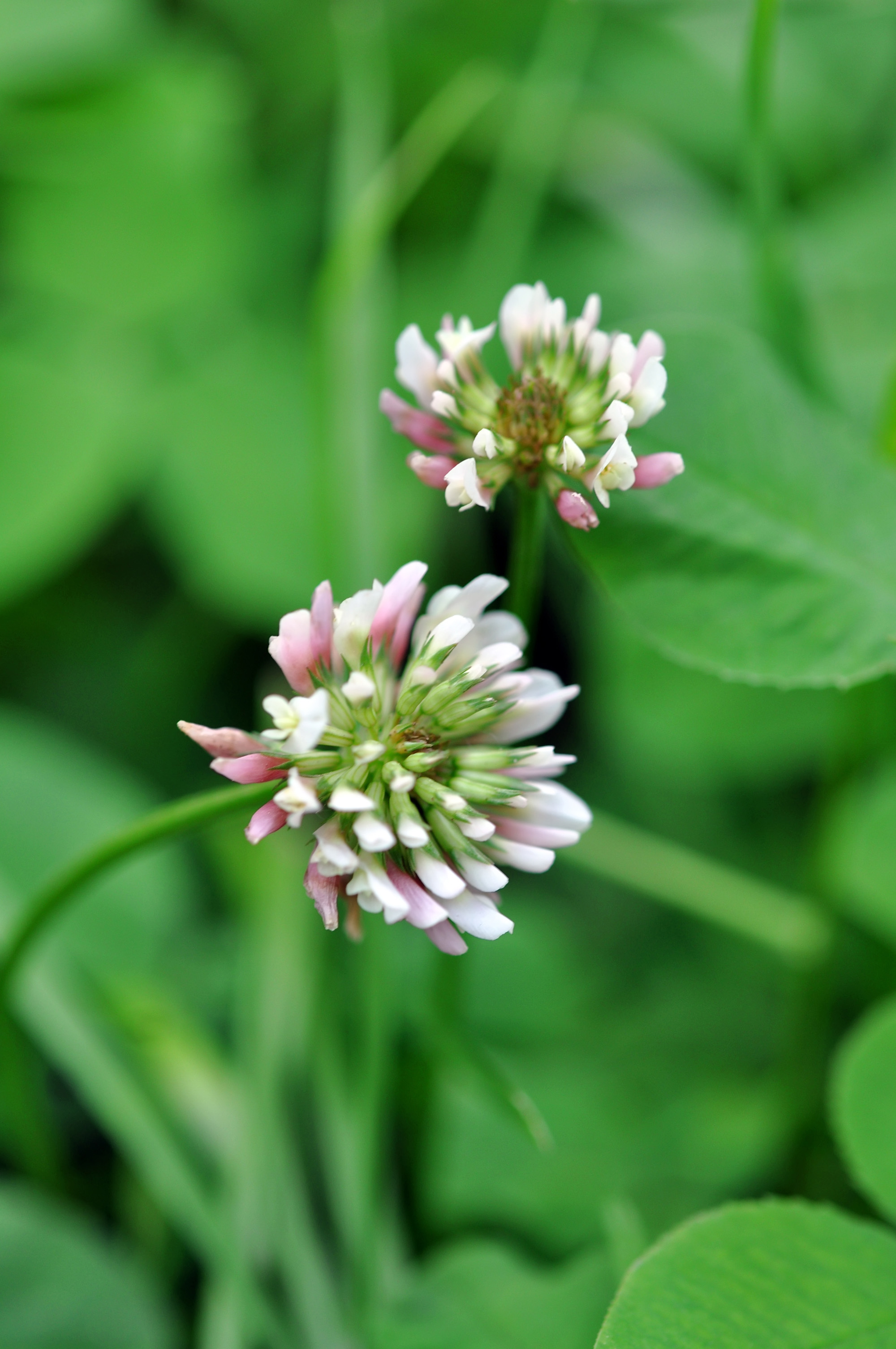Nitrogen-fixing crops as compulsory cover crops in Denmark
A note from DCA - National Centre for Food and Agriculture and the Department of Agroecology at Aarhus University documents that nitrogen fixing cover crops have more advantages than other types of cover crops. In addition to reducing nitrate leaching, they can also fixate nitrogen from the surrounding air, which can utilise by the subsequent crops. According to the note, fixating cover crops can provide the same reduction in nitrate leaching as non-fixating species when the increased after-effects are taken into account.

A large number of farmers have long wanted to use fixing cover crops as compulsory cover crops on their fields. It has in particular been a great wish on organic farms. Fixing cover crops are crops that can convert the nitrogen of the air into plant-available nitrogen, it could e.g. be clover. But until now, it has not been allowed in legislation due to an uncertainty about what effect the increased nitrogen input from the fixation would have on nitrate leaching in the long run.
The note is an answer to the Danish Agency for Agriculture and has been prepared by researchers from the Department of Agroecology as part of the policy support agreement.
"We assess that it will be possible to achieve the same effect on nitrate leaching with fixing cover crops as with the non-fixing, but it does require that a number of conditions are met," says Senior Researcher Peter Sørensen from the Department of Agroecology.
The conditions are:
- The fixing species must be winter-hardy and must be sown in a mixture with a minimum of 75% seeds of non-fixing species.
- The fixing cover crop may only be destroyed after 1 February on sandy soil, but can be destroyed earlier on clay soil.
- The farmer should take into account a fertilizer effect of 50 kg N/ha, where other cover crops are attributed an effect of 17-25 kg N/ha.
Basic field trials
The above conditions and assessment are based on a large number of field trials based at the Department of Agroecology. In a long-term experiment, which was started back in 1997, the researchers compared cultivation systems with continuous use of either fixing cover crops or non-fixing. These are compared to systems with no cover crops at all.
“In the experiment, we have continuously measured nitrate leaching. And it shows us that even when you have a very strong population of fixing clover mixed with non-fixing species as a cover crop, there is no increased leaching in the autumn and winter when the cover crops cover the soil. The stronger the crop cover you have, the more effectively the leaching is reduced, ”says Peter Sørensen.
The researchers found that in a cover crop consisting exclusively of fixing plant species, the reduction in nitrate leaching may in some cases be lower than by cultivation of non-fixing cover crops. And thus, it will not be possible to achieve the same effect as from compulsory cover crops.
“Other experiments have shown that the extra fixed nitrogen is already released to a subsequent crop. This means that there isn’t a higher amount of nitrogen left in the soil to be released over a long-term period, as long as you take into account the extra fertilising effect you have on the subsequent crop,” says Peter Sørensen.
The fertilising effect of a fixing cover crop in a subsequent crop can vary from 10-80 kg N/ha, but on average the researchers estimate that a well-established fixing cover crop will have a fertilising effect of 50 kg N/ha.
Fixation depends on the size of the cover crop
The nitrogen fixation in a cover crop depends a lot on how strong the crop becomes, as well as on how much nitrogen is released from the soil.
“Our experiments show that the fixing plants absorb the nitrogen they can get from the soil first, and then they supplement it with a fixation of nitrogen from the surrounding air. The sowing time of the cover crop, or the time of harvest of the main crop by undersown cover crops, has a great influence on how strong the cover crops become. In our experiment, a nitrogen fixation was measured in cover crops varying from 0 to 120 kg N/ha,” says Peter Sørensen.
On soils with a low nitrogen release in the autumn, the use of a fixing cover crop can ensure a large biomass in the cover crop, despite a low supply of nitrogen from the soil. Thus, more carbon can also be bound in the soil.
| Behind the research |
|---|
| Collaborators: Department of Agroecology at Aarhus University |
| Funding: The answer was prepared as part of the "Framework agreement on research-based government services between the Ministry of the Environment and Food and Aarhus University" under ID 7.09 in the "Service agreement Plant production 2020-2023" |
| Read more: The note: ”Flerårigt sædskifte med tætning som alternativ til pligtige efterafgrøder” has been prepared by Peter Sørensen, Chiara de Notaris, Elly Møller Hansen Ingrid K. Thomsen, and Jim Rasmussen. The note has been peer-reviewed by Jørgen Eriksen from the Department of Agroecology at Aarhus University |
| Contact: Senior Researcher Peter Sørensen, Department of Agroecology, Aarhus University. Tel. 25125632 or email: ps@agro.au.dk |
